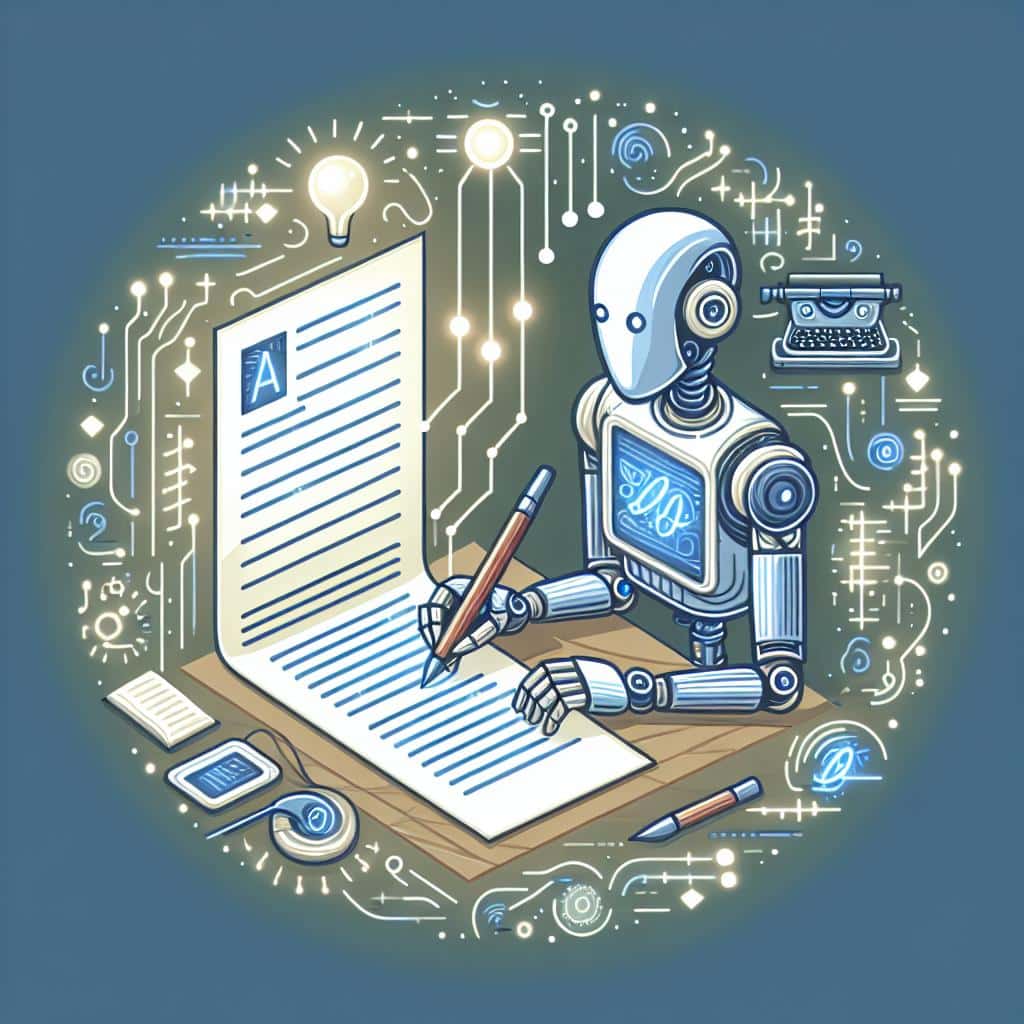In a world increasingly dominated by artificial intelligence (AI), the use of AI writing tools has surged dramatically. From content creation to academic writing, these tools have revolutionized how we think about producing text. However, with the rise of AI-generated content comes the challenge of detection. Many educators, publishers, and editors are now able to identify text written by machines. Therefore, understanding how to make AI writing undetectable not only becomes essential for those who rely on these technologies but also for ensuring the integrity of written content. In this article, we will explore several tactics to help you mask AI-generated writing, making it appear more human-like and less prone to detection.
Understanding AI Detection Mechanisms
Before diving into strategies for disguising AI writing, it is important to comprehend the technology behind detection methods. AI text classifiers often use machine learning algorithms to analyze various attributes of text, such as syntax, semantics, and even emotional tone. They look for patterns that might indicate the text was generated by an algorithm rather than composed by a human mind. Recognizing these elements can help us devise ways to produce more natural-sounding content.
1. Utilization of Synonyms and Variability
One of the simplest techniques to alter AI-generated text involves changing specific words to their synonyms. This not only helps in reducing repetitiveness but also introduces variability that makes the content less predictable. For instance, instead of using the word “important,” opting for “crucial” or “vital” can help maintain an air of originality.
Besides vocabulary, consider varying sentence structures and displacement of phrases. Instead of constant subject-verb-object constructions, employ complex sentences with clauses or varied punctuation to better mimic human writing patterns. This resource from Thesaurus.com can assist you in finding suitable synonyms.
2. Infuse Personal Touches and Experiences
AI cannot replicate personal experiences or emotions. By incorporating anecdotes or relevant examples from your life or career, you can introduce a unique voice to your writing. This could be in the form of a personal story or even a reflection on a topic that resonates with you. For instance, writing about your experience with technology could make an article on AI feel much more relatable.
Incorporating these elements creates a distinct personality that users can engage with, rendering your text more appealing and less mechanical. Resources like Writer’s Digest provide useful tips on personal narrative writing that can enhance your narratives.
Generating Human-like Output
3. Emulate Conversational Tone
Adopting a conversational tone can significantly reduce recognizability. AI writing often sounds formal or robotic; notorious traits of generated text that detection algorithms can easily spot. By employing rhetorical questions, informal language, and direct appeals to the reader, you can create a more engaging and approachable piece. For example, instead of stating, “This method is effective,” try, “Have you ever wondered why this method works so well?” This slight shift adds warmth and accessibility.
4. Diverse Formatting and Styles
Another effective way to mask AI writing is through formatting. Varying formatting styles, such as bullet points, numbered lists, and tables can break the monotony of the text and make it aesthetically pleasing to the reader. AI often generates monotonous paragraphs without rhythmic variation, so this approach can enhance your content’s human-like qualities.
| Formatting Style | Usage |
|---|---|
| Bullet Points | For listing key points succinctly. |
| Numbered Lists | For step-by-step guides. |
| Tables | For comparing data or providing structured information. |
Final Thoughts
Successfully making AI writing undetectable requires a multifaceted approach. By understanding detection mechanisms and employing strategies such as synonym utilization, infusing personal experiences, adopting a conversational tone, and utilizing diverse formatting, you can create compelling content that resonates with readers. It is crucial to remember that while AI can enhance writing efficiency, the human element is irreplaceable and vital for connection.
Suggestions for Related Themes
- The Best Free AI Tools for Students
- AI-Generated Paragraphs: Transforming Content Creation
- Unlocking Creativity: How to Harness Free AI Tools for Book Writing
In this article, we explored the fascinating world of AI writing and some practical strategies to disguise AI-generated content. With a focus on seamless integration of personal touch, conversational tone, and diverse formatting techniques, writers can effectively bridge the gap between human and machine-generated text. Furthermore, the article concludes with useful resources for further exploration, ensuring you remain informed in this ever-evolving landscape.

